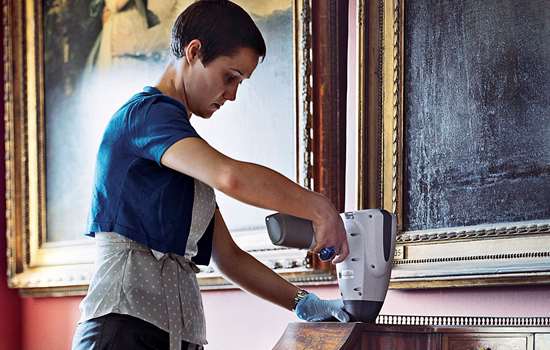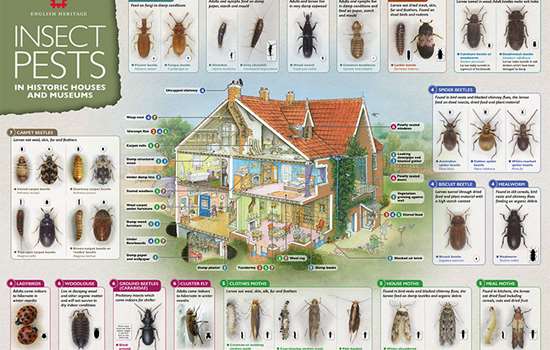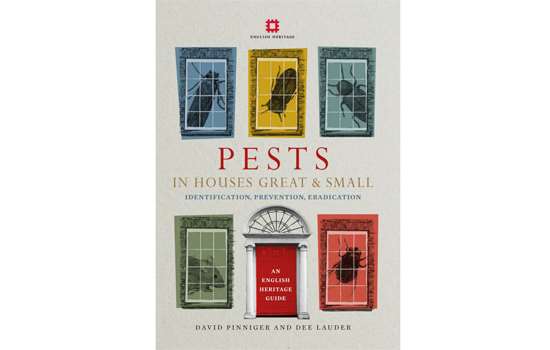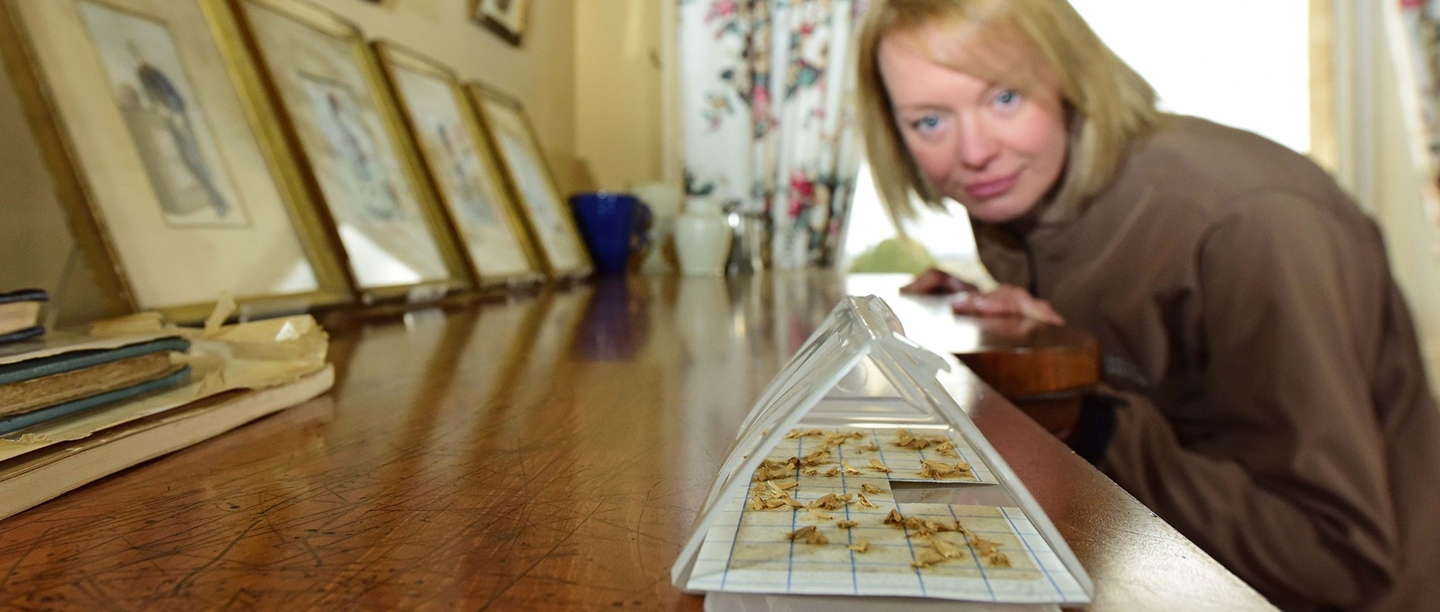WHAT IS A CLOTHES MOTH?
A number of species of moth will attack and damage textiles and animal specimens. But the common (or webbing) clothes moth (Tineola bisselliella) is one of the most aggressive species and can be found across the world.
These moths are small – only 5–8 mm long – and scuttle around, only flying when it’s warm. They shun light and hide in dark areas, laying batches of eggs on wool, fur, feathers and skins.
Another species – the pale backed clothes moth (Monopis crocicapitella) – has also been found on clothes moth pheromone traps in recent years. It’s not yet clear whether the species can become established in buildings or if the larvae will harm historic collections or furnishings in our homes.
HOW DO THEY CAUSE DAMAGE?
The larvae that hatch from the eggs of clothes moths spin silk webbing into a tunnel across the attacked material. They then begin to eat the fibres in the material, which causes holes in clothes or loss of pile in patches on carpets.
There are plenty of things in our homes for clothes moth larvae to feast on. Clothes, furnishings, stored produce and dead animals such as birds and rodents all provide a ready source of food and can support an infestation. One generation normally takes a year to develop, but up to three lifecycles can occur in warm conditions.
Scroll down to read our top tips on preventing clothes moth infestations.
HOW TO TREAT A CLOTHES MOTH INFESTATION
- Many of the old moth ball formulations are now banned or not recommended. Safer alternatives exist, like lavender (dried, sachets or gel products). But these are not effective on larvae.
- The best way of killing adults, eggs and larvae is to deep freeze items. Seal them in plastic 'freezer' bags at -18°C for at least two weeks.
- Adult clothes moths can be killed by spray aerosols, but using these to target larvae is more difficult.
- Many insecticide sprays kill larvae, but only if they come into contact with them. Residual insecticide such as Permethrin can be effective, although repeated treatment may be necessary.
- Rugs, carpets and upholstery are best treated in a commercial freezer or by a controlled heat process carried out by reputable companies.
HOW TO PREVENT A CLOTHES MOTH INFESTATION
- Check for clothes moths in the crevices, creases and folds of clothing as well as behind labels.
- Make sure clothes are clean before storing them in vacuum bags or boxes with sealed tight lids.
- Take out items hanging up inside your wardrobe and shake them at least once a month – moths hate being disturbed.
- Regularly vacuum around the bottom and edges of wardrobes and any shelves.
- Check underneath seats for signs of webbing or ‘cases’. Also check around piping, in deep buttons and in the seat or arm crevices.
- Have open chimneys checked and cleaned every year or two by a professional chimney sweep.
- Check lofts and attics for bird nests. Remove and destroy any nest material found.
- After using your vaccum cleaner always empty the contents into a black plastic bag. Seal it up and dispose of it in an outside bin.
A CLOSER LOOK AT THE IMPACT OF CLOTHES MOTHS
HELP US TO KEEP THE STORY OF ENGLAND ALIVE
FOR THIS AND FUTURE GENERATIONS
-

Support our conservation in action appeal
Looking after our collections for the future is the cornerstone of everything we do. It is one of our biggest responsibilities and an ongoing challenge - and we need your help.
-

Find out more about the Science behind our conservation
Conservation science research underpins the decisions we make to protect our collections. The research projects that we're involved with help to safeguard historic places for the future.
-

Discover the pests found in historic houses
Clothes moths, nymphs and beetles are all found in our historic houses and museums. Use this guide to identify the ones that are causing damage and the ones that aren’t considered pests.
-

Buy ‘Pests in Houses Great and Small’
Written by leading heritage experts in clear, accessible language with helpful illustrations, this book provides a concise but comprehensive guide to the key pest species that commonly cause damage when they infest houses and collections.
